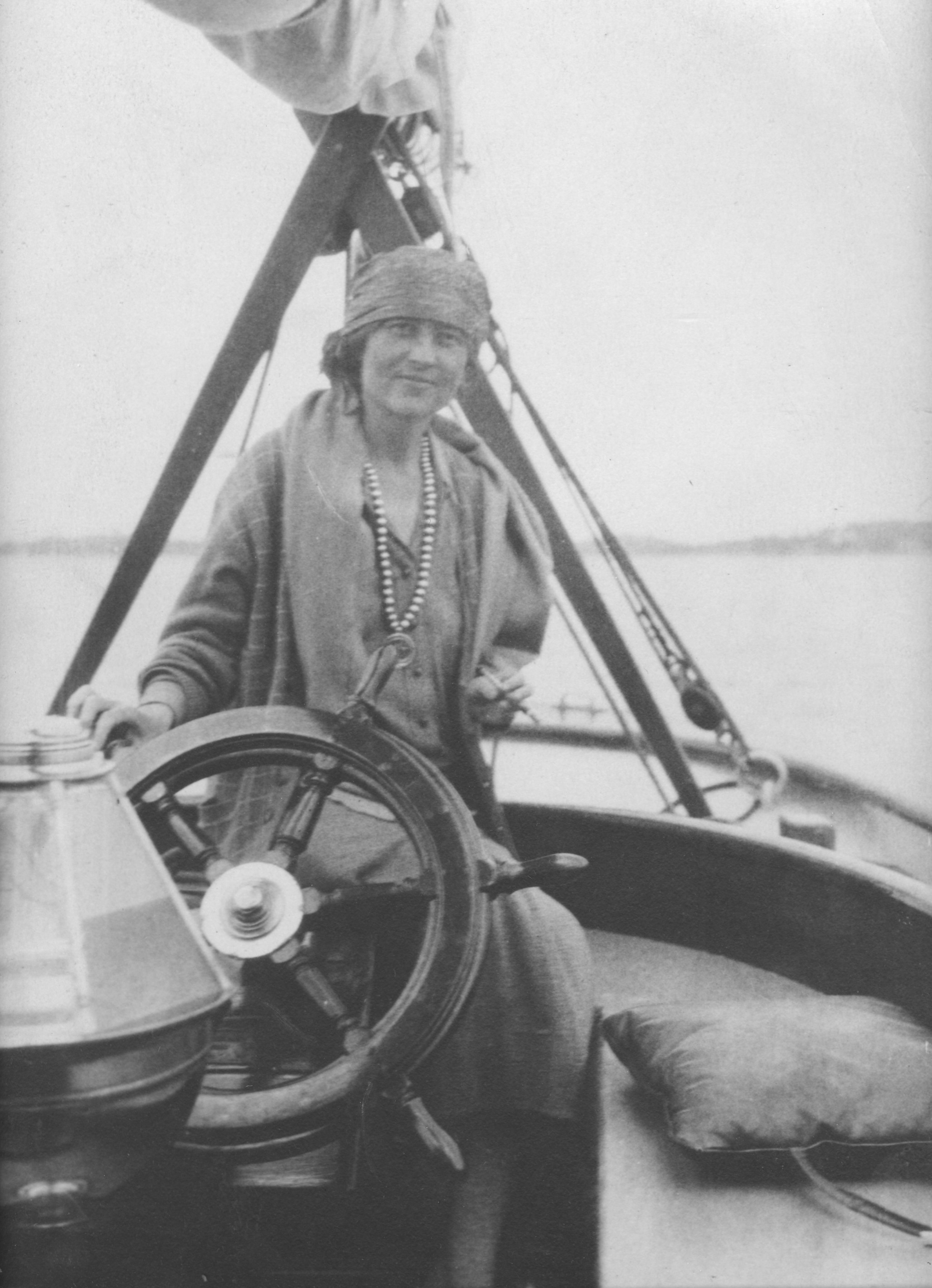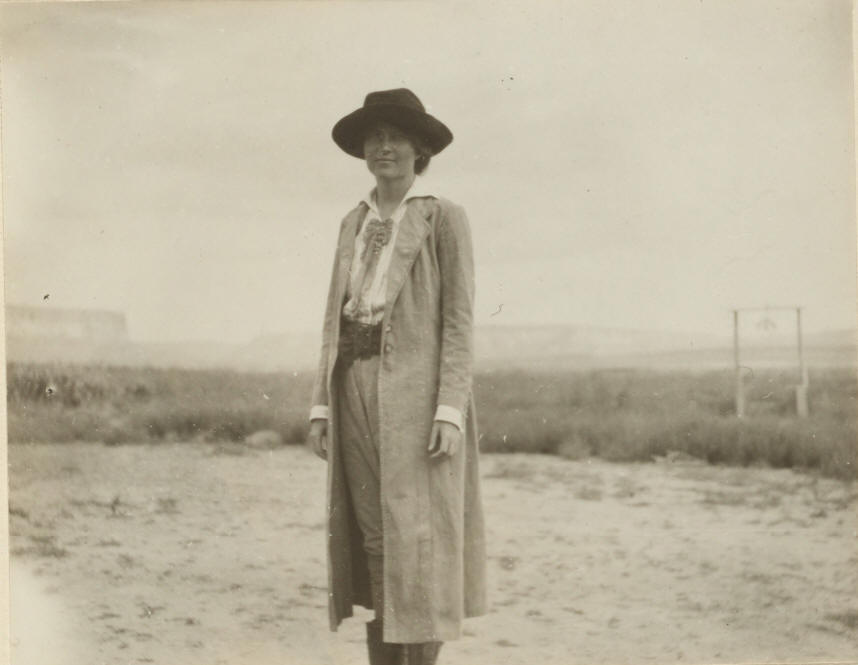

Queer Places:
Barnard College (Seven Sisters), 3009 Broadway, New York, NY 10027
Columbia University (Ivy League), 116th St and Broadway, New York, NY 10027
7 E 76th St, New York, NY 10021
Church On the Hill Cemetery
Lenox, Berkshire County, Massachusetts, USA
 Elsie
Worthington Clews Parsons (November 27, 1875 – December 19, 1941) was an
American
anthropologist,
sociologist,
folklorist, and
feminist who studied
Native American tribes—such as the
Tewa and Hopi—in
Arizona,
New
Mexico, and
Mexico. She was a member of the Heterodoxy Club.
Elsie
Worthington Clews Parsons (November 27, 1875 – December 19, 1941) was an
American
anthropologist,
sociologist,
folklorist, and
feminist who studied
Native American tribes—such as the
Tewa and Hopi—in
Arizona,
New
Mexico, and
Mexico. She was a member of the Heterodoxy Club.
Parsons helped found The New School.[2] She was associate editor for The Journal of American Folklore (1918–1941), president of the American Folklore Society (1919–1920), president of the American Ethnological Society (1923–1925), and was elected the first female president of the American Anthropological Association (1941) right before her death.[3][4][5]
She earned her bachelor's degree from Barnard College in 1896.[6] She received her master’s degree (1897) and Ph.D. (1899) from Columbia University.[3]
Every other year, the American Ethnological Society awards the Elsie Clews Parsons Prize for the best graduate student essay, in her honor.[7][8]
Parsons was the daughter of Henry Clews, a wealthy New York banker, and Lucy Madison Worthington. Her brother, Henry Clews Jr., was an artist. On September 1, 1900, in Newport, Rhode Island,[9] she married future three-term progressive Republican congressman Herbert Parsons, an associate and political ally of President Teddy Roosevelt.[10] When her husband was a member of Congress, she published two then-controversial books under the pseudonym John Main.[11] While in New York, she lived at 7 East 76th Street.

Parsons became interested in anthropology in 1910.[4] She believed that folklore was a key to understanding a culture and that anthropology could be a vehicle for social change.[12] In 1917 Mabel Dodge Luhan, her husband, and Parsons moved to Taos, New Mexico,[9] where Luhan began a literary colony.
Her work Pueblo Indian Religion is considered a classic; here she gathered all her previous extensive work and that of other authors.[13] It is, however, marred by intrusive and deceptive research techniques.[14]
She is, however, pointed to by current critical scholars as an archetypical example of an "Antimodern Feminist" thinker, known for their infatuation with Native American Indians that often manifested as a desire to preserve a "traditional" and "pure" Indian identity, irrespective of how Native Peoples themselves approached issues of modernization or cultural change. Grande (2004, p. 134) argues that her racist and objectivizing tendencies towards indigenous peoples of the Americas is evidenced, for example, by her willingness to change her name and appropriate a Hopi "identity" primarily to increase her access to research sites and participants (Jacobs 1999, p. 102).[15]
Parsons feminist beliefs were viewed as extremely radical for her time. She was a proponent of trial marriages, divorce by mutual consent and access to reliable contraception, which she wrote about in her book The Family (1906).[16] She also wrote about the effects society had on the growth of individuals, and more precisely the effect of gender role expectations and how they stifle individual growth for both women and men. The Family (1906) was met with such back-lash she published her second book Religious Chastity (1913) under the pseudonym "John Main" as to not affect her husband, Herbert Parsons political career. Her ideas where so far ahead that only after her death did they begin to be discussed. This has led to her becoming recognized as one of the early pioneers of the feminist movement. Her writings and her lifestyle challenged conventional gender roles at the time and helped spark the conversation for gender equality.
My published books: